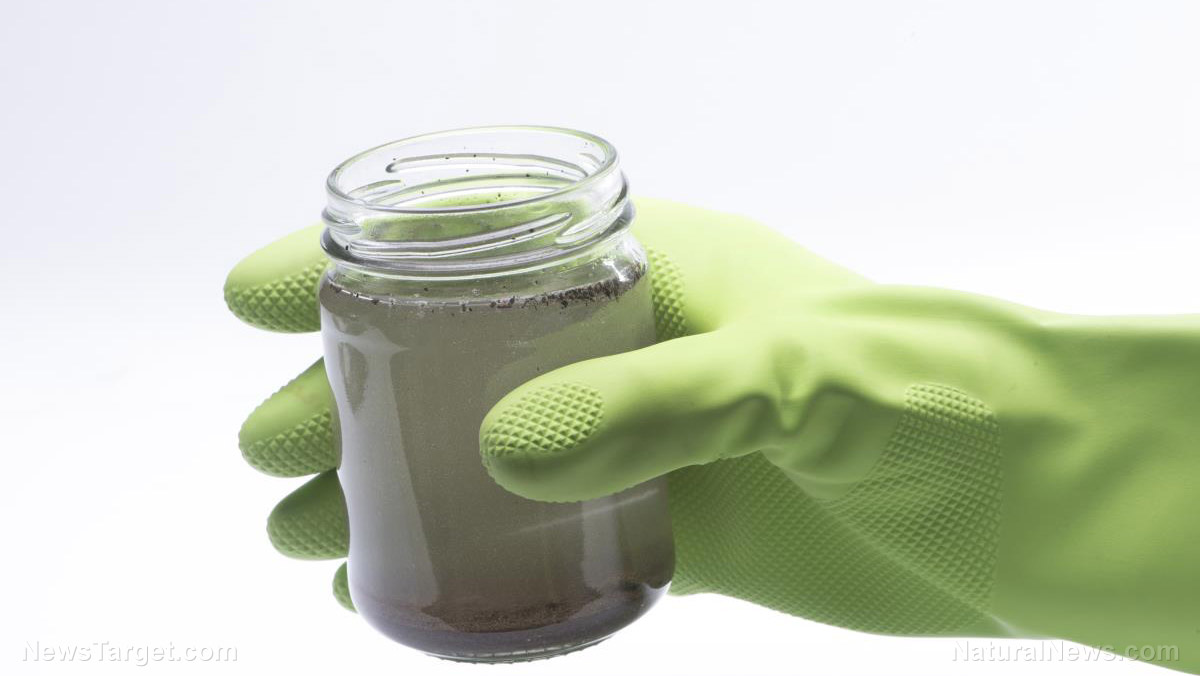Piperonyl butoxide — toxicity, side effects, diseases and environmental impacts
11/30/2017 / By Jhoanna Robinson

Piperonyl butoxide is a man-made pesticide synergist, which means it was not designed to harm insects but works with pesticides to increase their effectiveness. It usually works in tandem with natural pyrethrins or man-made pyrethroids – which come from the crushed flowerheads of two species of asters: the Chrysanthemum cinerariifolium and Chrysanthemum coccineum – and carbamate and rotenone pesticide ingredients by inhibiting insect microsomal enzyme detoxification activity.
Piperonyl butoxide can be called by other names such as butacide, butocide, ethanol butoxide, and Pyrenone 606 among others. It is an oily yellow-to-brown liquid.

List of known side effects
Piperonyl butoxide can be slightly irritating if it is laid on your eyes or skin. However, what’s good about it is that it doesn’t produce skin allergies in people who get exposed to it.
Other side effects of piperonyl butoxide include tearing, drooling, difficulty in breathing, lower appetite, irritable behavior, runny nose, unsteady balance, watery eyes, coma, and death.
The United States Environmental Protection Agency has classified piperonyl butoxide as a possible human carcinogen. The Internal Agency for Research on Cancer begs to disagree; it evaluated the chemical and stated that it is “not classifiable as to its carcinogenicity to humans”.
Piperonyl butoxide breaks down immediately in the presence of sunlight, with a half-life of 8.4 hours in water and 3.4 hours in air. Half-lives range from one to three days in shallow soil exposed to sunlight. Without sunlight, the half-life climbs up to 14 days. Typically, piperonyl butoxide’s half-life is around 13 days. It has low to moderate mobility in silt loam, clay loam, and sandy loam soils, but is highly mobile in sandy soils.
Piperonyl butoxide is a little toxic to freshwater and saltwater fish. It is highly toxic to aquatic invertebrates such as shrimp and water fleas. It is also toxic to amphibians in the tadpole stage.
Body systems harmed by piperonyl butoxide
Piperonyl butoxide is bad for the digestive system. It has been known to cause cancer to the gastrointestinal tract. It can also cause anorexia and convulsions.
Piperonyl butoxide is bad for the endocrine system. The thyroid is the organ most susceptible to damage when a person gets exposed to extreme amounts of it, or if he receives prolonged exposure to the chemical.
Piperonyl butoxide is bad for the excretory system. It can cause hepatic and renal damage.
Items that can contain piperonyl butoxide
Piperonyl butoxide has been used in pesticide products since the 1950s when it was first approved for pesticidal use in the United States. It is also used on agricultural crops and livestock. Mosquito control programs, and flea and tick treatments for pets.
How to avoid piperonyl butoxide
Always remember to wash your hands before eating, smoking, or using the bathroom after you have handled piperonyl butoxide.
Where to learn more
- Top 10 Foods For Your Eyes
- Yes, women are being poisoned by toxic chemicals from feminine hygiene products
- Pesticides inhibit proper childhood development
- Children in danger from exposure to common chemicals, new studies confirm
- There Is No Such Thing as the West Nile Virus
Summary
Piperonyl butoxide is bad for the digestive, endocrine, and excretory systems.
Piperonyl butoxide is used on agricultural crops and livestock.
Piperonyl butoxide can be slightly irritating if it got laid on your eyes and skin.
Sources include:
Tagged Under:



















